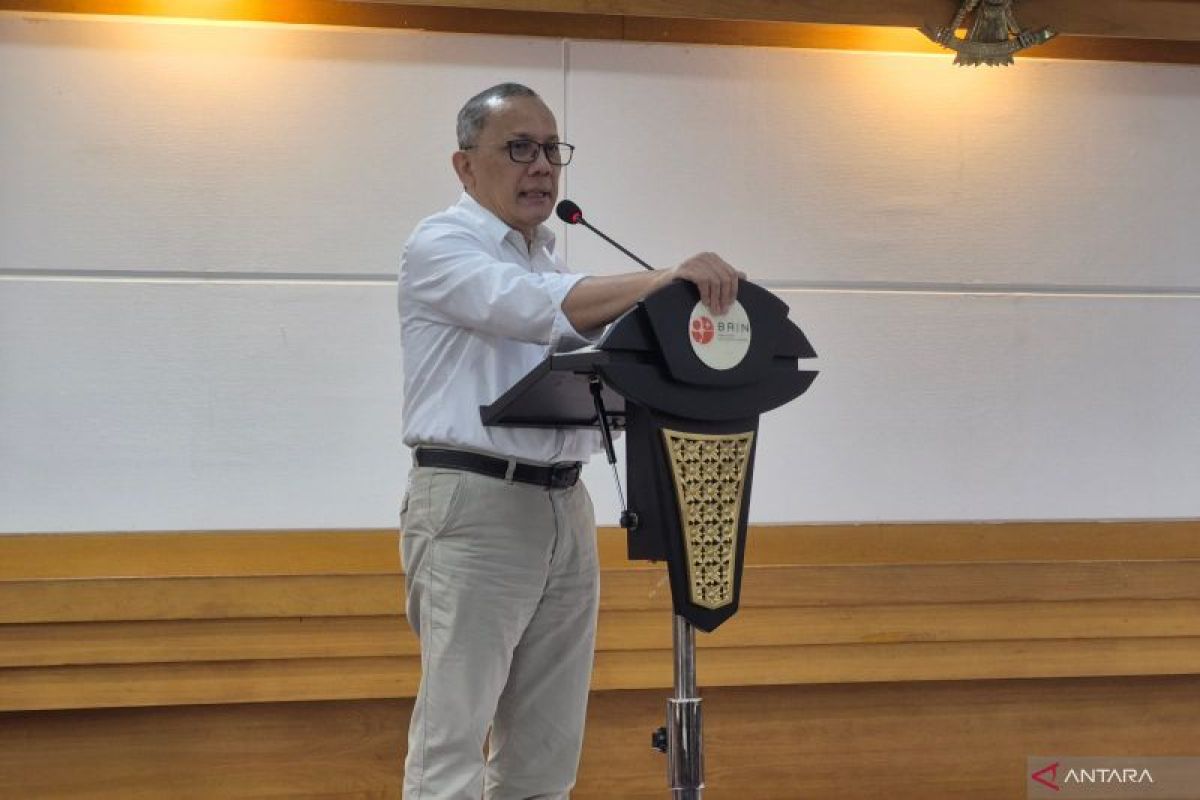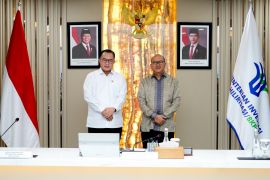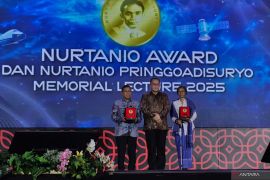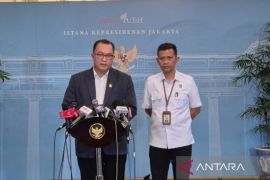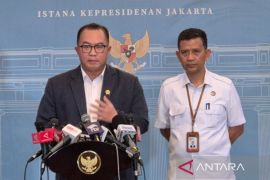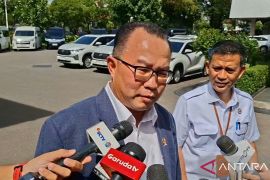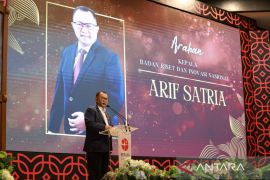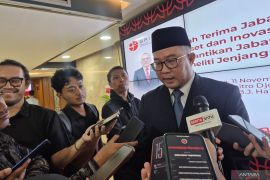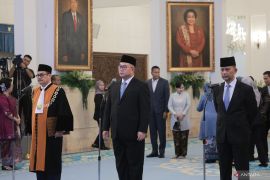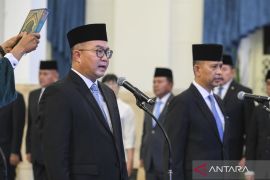Carbon dating, or radiocarbon dating, is a technique for determining the age of an object containing organic materials by utilizing the properties of radiocarbon. BRIN operates a carbon dating facility.
During a working meeting with Commission X of the Indonesian House of Representatives (DPR) in Jakarta on Thursday, BRIN Head Laksana Tri Handoko explained that carbon dating cannot be performed just anywhere due to several factors.
"Carbon dating equipment is expensive and requires high operational maintenance. Therefore, carbon dating cannot be carried out elsewhere; it must be conducted at the nuclear site," he explained.
Handoko revealed that BRIN currently possesses carbon dating equipment capable of detecting the age of relics up to 50 thousand years old.
Moreover, BRIN plans to install new carbon dating facility that can determine the age of objects up to millions of years old.
This initiative is intended to position BRIN as the upstream agency for preserving the nation's historical heritage, from excavation through to designation as cultural heritage. The Ministry of Culture will then manage and preserve the cultural heritage.
"Hence, when it comes into our care, it is just a scientific archaeological collection, for example, or a manuscript, but not yet a cultural object. To determine whether it is a cultural object, we have to research it," he elaborated.
If an artifact is designated as a cultural heritage, its management will fall under the authority of the Indonesian Ministry of Culture. This management encompasses various aspects, including preservation, maintenance, research, and its use for educational and research purposes.
All scientific collections related to artifacts, archaeological ecofacts, ancient Indonesian manuscripts, as well as audiovisual recordings of endangered local languages are stored at BRIN.
Handoko ensured that the public has access to BRIN's carbon dating facility.
"All infrastructure at BRIN is open to the public. Thus, all campus colleagues can conduct research, and that is still going on. They all come there to do their research. Once something is designated as a cultural object, gains a story, and so forth, we support its development into part of the creative economy," he stated.
Related news: BRIN appoints five new research professors across disciplines
Related news: Indonesia discovers two new fanged frog species in Kalimantan
Translator: Sean Filo Muhamad, Martha Herlinawati Simanjuntak
Editor: Arie Novarina
Copyright © ANTARA 2025
